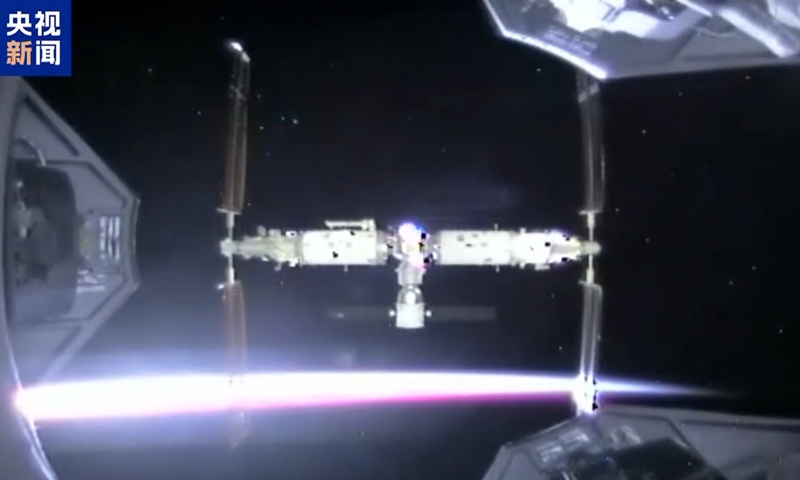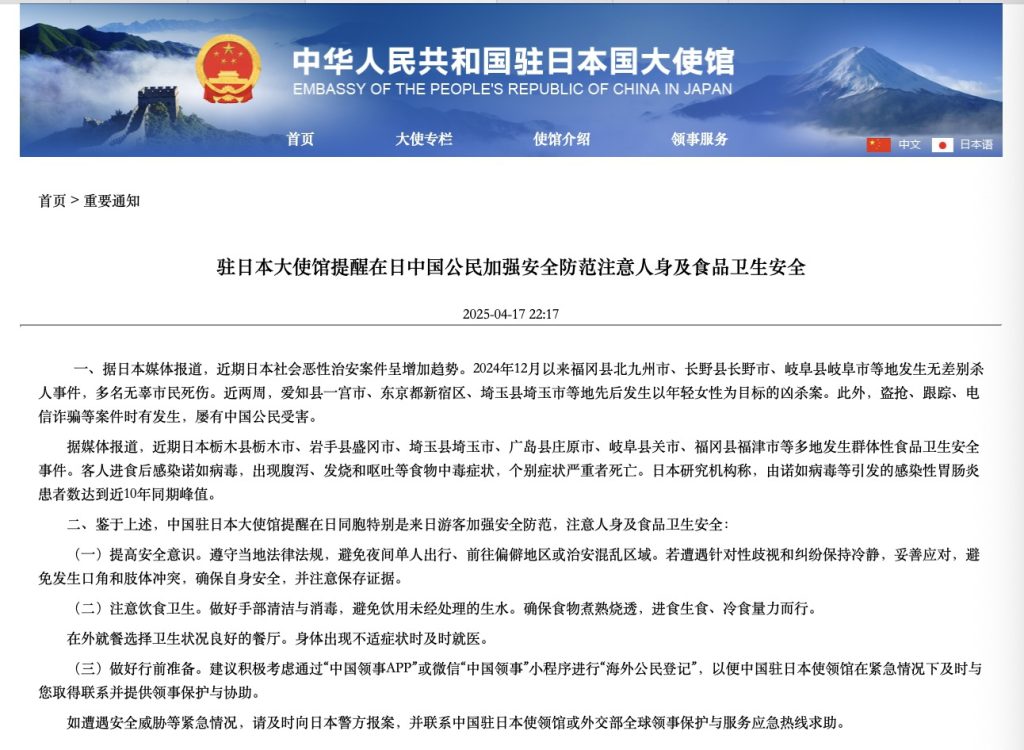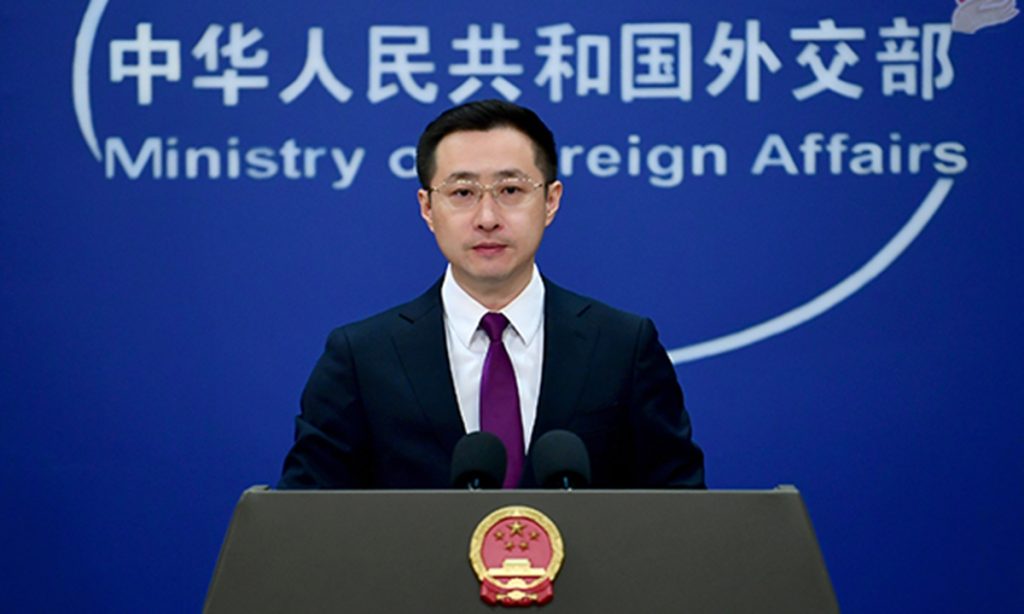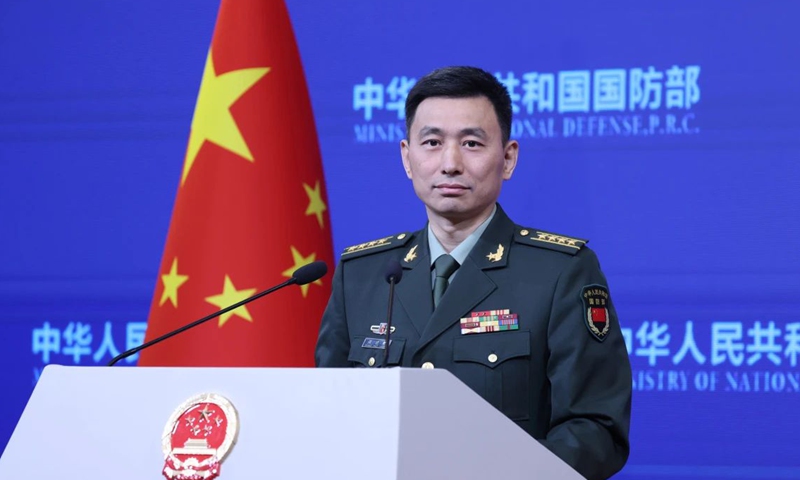"This is what China looks like! This is China right here!" popular U.S. influencer IShowSpeed marveled as he live-streamed at Shanghai's Bund area, with a skyline featuring the landmark Oriental Pearl Tower and modern skyscrapers right in front of him.
From there, the 20-year-old content creator, whose real name is Darren Jason Watkins Jr. and whose zesty and contagious shows have won over 38 million subscribers on the social media platform YouTube, embarked on his first tour in China since the end of last month.
Despite a language barrier and fast-paced schedule, IShowSpeed treated his fans worldwide with a feast of uninterrupted live-streaming sessions while traveling along China's streets and alleys, experiencing China's history and culture, savoring China's cuisine and snacks, and interacting with China's enthusiastic fans and local people from various walks of life.
Unlike the bleak and even grim pictures often painted by some Western media, IShowSpeed's unedited and unscripted shows reveal a China that is perky, diverse, hospitable and prosperous.
In east China's metropolitan city of Shanghai, he joined in the colorful park activities of local residents, watched traditional lion-dancing and kung fu, and witnessed first-hand China's burgeoning electric car scene.
In China's capital city of Beijing, he visited the Great Wall and the Palace Museum and performed his signature back-flip stunt, which drew cheers from a welcoming crowd at the two iconic spots of China.
In particular, he experienced the country's high-speed bullet train. During the ride, he hailed the ubiquitous 5G signal and internet access, as he live-streamed smoothly despite being in a tunnel section of the railway line.
Millions of fans flocked to his channel and watched his shows from China. "I admire China's technology and internet, and Chinese fans were very respectful," said a YouTube comment -- which garnered more than 900 likes.
In central China's Henan Province, he traveled to the Shaolin Temple to pursue his kung fu dream. There, a kung fu mentor Master Liang warmly received him, taught him martial arts, and also shared with him a life philosophy inspired by years of painstaking training -- "It's pain, but it's life. It's pain, but it's Shaolin. It's pain, but it's Kung Fu. It's pain, but it's you." -- which struck a chord with many viewers.
In Chengdu, the capital city of southwest China's Sichuan Province, IShowSpeed immersed himself in a variety of unique cultural elements that this city has to offer, including the likes of Sichuan Opera, Sichuan-style hotpot, traditional acupuncture and tea-house performances.
"China has a beautiful culture! I would very much like to visit!" said a netizen from the United States in the comment section.
During his live-stream show in Chongqing, also located in southwest China, IShowSpeed presented a panoramic view of the megacity known for its futuristic vibes. He watched the magic sight of light rail trains passing through a building in Chongqing's iconic station, viewed the jaw-dropping architecture of this mountainous city, and captured its spectacular nightlife.
Against the backdrop of Chongqing's cyberpunk canvas featuring beautifully lit skyscrapers and bridges at night, IShowSpeed said: "I've never been to a country where they have stuff like this. Chongqing is beautiful."
"China is an underrated tour spot. I don't know why people overlooked China," he stated, with this remark echoed by many members of his audience who have lived in the bubble of Western anti-China propaganda.
"Is China so advanced now? This breaks my 30-year-old understanding of China. I have been deceived by the so-called mainstream media for so many years, and I want to go to China to see," read a comment.
"After watching this video, I realized how foolish my previous views on China were. I've decided to plan my trip this year to China. I feel that if I don't go to China, I'll regret it for the rest of my life," said another.
So far, IShowSpeed's five live-stream episodes in China's Shanghai, Beijing, Henan, Chengdu and Chongqing have generated a total of 35.16 million views on YouTube, with many video clips going viral among both Chinese and global netizens.
Just a few months after the ground-breaking exchanges between Western "TikTok refugees" and Chinese netizens on the social media platform Red Note, this live-streaming tour by IShowSpeed serves as another inspiring example of people-to-people amity between China and the world.
One YouTube comment, which was liked over 2,700 times, thus wrote -- "The U.S. has spent billions on anti-China propaganda, only to be undone by Red Note and IShowSpeed stream."
IShowSpeed's tour is also a prominent example of China's inbound travel boom following the country's visa-free policies, which led to an influx of foreign tourists and businesspeople into China, making "China Travel" trendy on social media platforms.
Earlier this week, China's Ministry of Foreign Affairs (MFA) also responded to such exchanges. "The one-shot live-streaming by foreign influencers presents China as it is in a panoramic view -- one that has not been edited or put in any filter."
"This again spurs growing enthusiasm for China. This shows that cultural and people-to-people exchanges between China and other countries enjoy profound support from the people, and such bonds cannot and will not be severed," said a MFA spokesperson.





